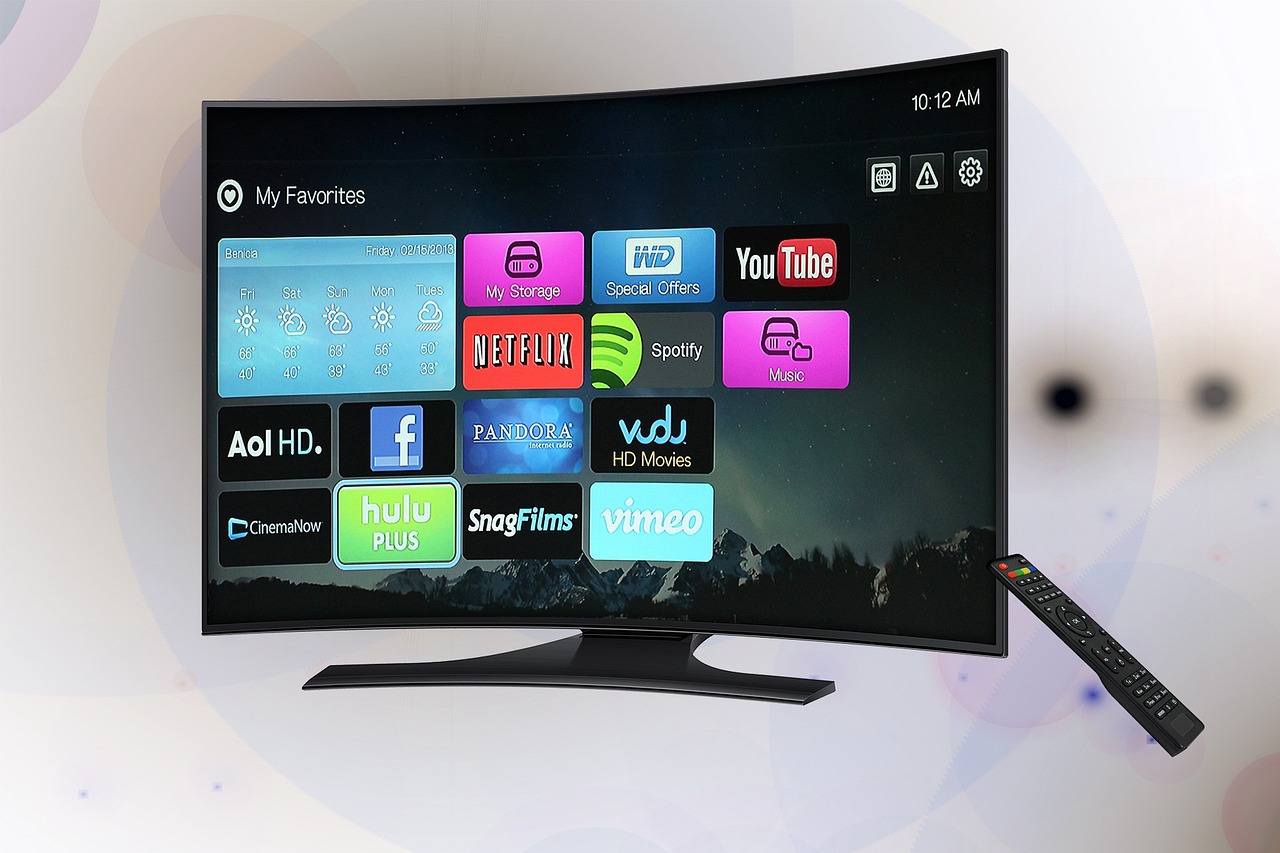Television and radio have come a long way since their early days of analog broadcasting. With the advent of digital technology, the landscape of these mediums has transformed significantly. From improved signal quality to interactive features, let’s explore how TV radio has evolved over time.
Analog Broadcasting: A Legacy Worth Remembering
Analog broadcasting was the foundation of television and radio for many decades. It involved the transmission of analog signals through airwaves, allowing households to receive audio and visual content on their devices. This era marked the birth of iconic TV and radio shows that captivated audiences worldwide.
During the analog era, frequencies were divided into channels, each reserved for a specific station. However, the limited number of channels and susceptible signal quality were common drawbacks. Nonetheless, analog broadcasting laid the groundwork for what was to come, setting the stage for the digital revolution.
Digital Broadcasting: The Technological Leap Forward
The transition to digital broadcasting revolutionized the world of TV radio. Digital signals replaced the analog transmissions, bringing forth a host of benefits. Digital broadcasting allows for higher quality audio and video, offering viewers a more immersive and captivating experience. Additionally, it enables broadcasters to transmit multiple channels within a single frequency, expanding the range of available content.
One of the most significant advantages of digital broadcasting is its resistance to signal degradation. Unlike analog signals, digital transmissions are less prone to interference or deterioration. This improvement ensures consistent audiovisual quality, whether you’re in a metropolitan area or a remote location.
Interactive Features: Enhancing the Viewer Experience
With the advent of digital TV radio, broadcasters have been able to introduce interactive features that further engage viewers. Gone are the days of passively watching or listening to content; now, audiences can actively participate.
Interactive features include real-time voting, on-screen quizzes, and instant access to additional information about a show or song. Moreover, digital platforms enable viewers to tailor their content preferences and receive personalized recommendations. These interactive elements have transformed the way we engage with TV and radio, turning them into more dynamic and engaging mediums.
The Rise of Online Streaming: A Shift in Consumption
In recent years, the rise of online streaming platforms has transformed how people consume TV and radio. With services like Netflix, Hulu, and Spotify, audiences can access a vast library of content on-demand, breaking free from traditional broadcasting schedules.
Online streaming platforms offer a plethora of benefits, including convenience, variety, and customization. Viewers can choose what they want to watch or listen to, when they want to. Additionally, these platforms often provide original content, further diversifying the options available to consumers.
The Future of TV Radio: Convergence and Innovation
As technology continues to advance, the convergence of TV and radio is becoming more evident. Television sets now come equipped with built-in internet connectivity, allowing users to stream radio stations and access various online platforms. Similarly, smart speakers and voice assistants have made it easier than ever to tune in to favorite radio stations or podcasts.
Furthermore, innovations such as virtual reality (VR) and augmented reality (AR) are poised to transform the TV radio experience once again. Imagine being able to watch your favorite TV show or listen to the radio in a fully immersive virtual environment or having interactive elements overlaid onto your screen.
In conclusion, the evolution of TV radio from analog to digital has revolutionized the way we consume and interact with these mediums. From improved signal quality and increased channel capacity to interactive features and online streaming platforms, the future of TV and radio is undoubtedly exciting. As technology continues to advance, we can expect even more convergence and innovation, making TV radio an increasingly immersive and personalized experience for audiences worldwide.

